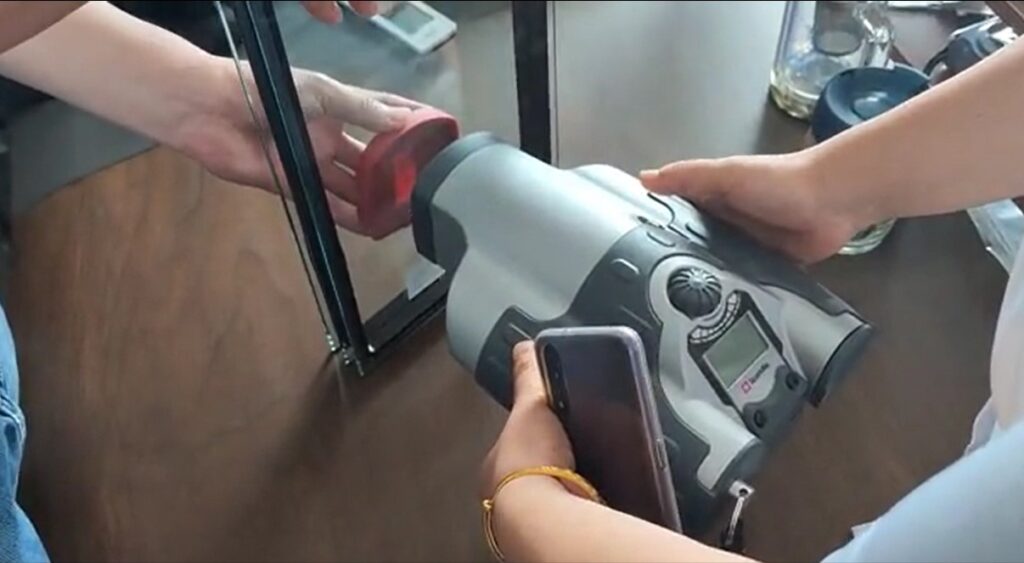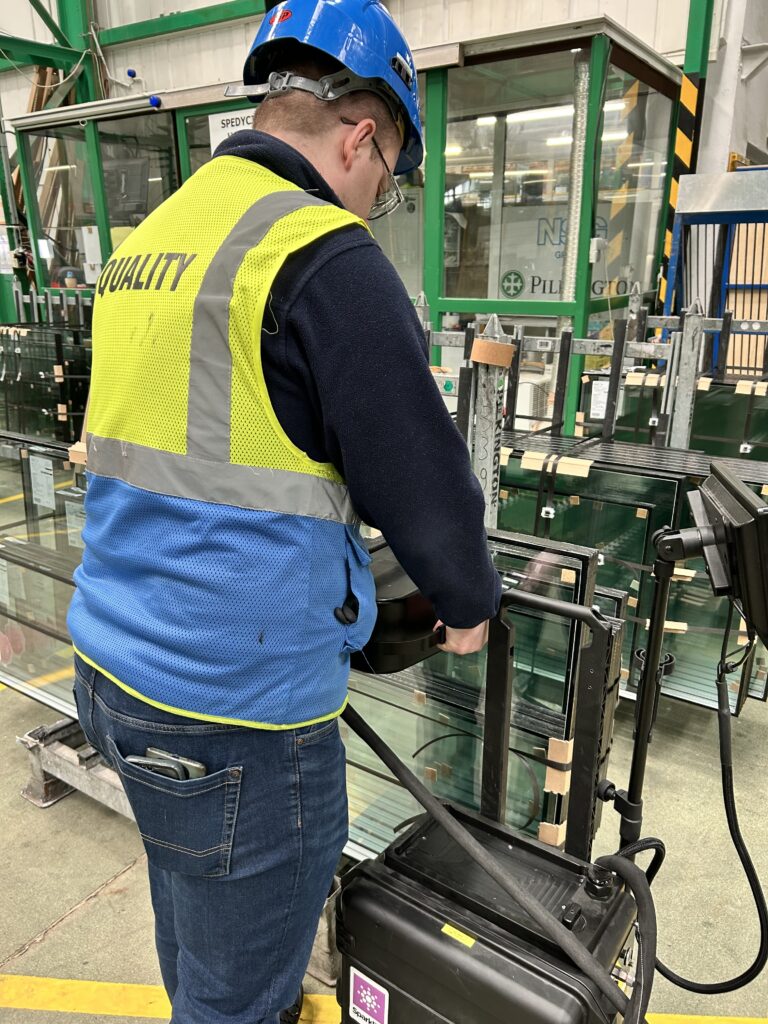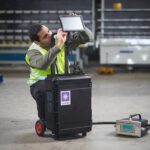In the ever-evolving landscape of sustainable living and energy efficiency, the Glass for Europe manifesto for 2024-2029 emerges as a guiding light towards a greener future. It covers four policy priorities of the flat glass sector. One crucial aspect highlighted in the manifesto is the initiative to boost windows replacement, recognizing the pivotal role that windows play in energy conservation. Although there are different types of glass needing replacement, Sparklike measures insulating gas inside windowpanes which acts as a key metric to validate energy efficiency of windows.
The Significance of Windows Replacement
Windows are often considered the eyes of a building, providing a connection between the interior and exterior environments. However outdated or inefficient windows can act as energy leaks, causing a significant impact on the overall energy consumption of a structure. In a Glass for Europe report “2050 Flat glass in a Climate-Neutral Europe”, it was found that an average insulation performance of windows in EU buildings is Uw 3.4. That is equivalent to late 1960’s windows. Therefore, the Glass for Europe manifesto places a strong emphasis on the importance of windows replacement to enhance energy efficiency, reduce carbon footprints, and create more sustainable living spaces.
Understanding the Role of Insulating Gas
To achieve optimal energy efficiency in windows, one must delve into the science behind insulating gases. Many modern windows are designed with multiple panes of glass, where insulating gas is pressed between the panes. These insulating gases, such as argon or krypton, significantly reduce heat transfer and enhance the overall insulation capabilities of the window. The Glass for Europe manifesto promotes the use of advanced technologies and materials to improve the insulating properties of windows, thus contributing to the broader goal of sustainable building practices.
Measuring Insulating Gas: A Game-Changer in Energy Efficiency Verification
As an operator of the glass processing industry, Sparklike would like to add one aspect of the manifesto: the emphasis on measuring insulating gas inside windowpanes to verify and quantify energy efficiency. This involves advanced techniques and technologies for gas-filled windows, enabling accurate assessments of their insulating capabilities. By establishing clear standards and methodologies for measuring insulating gas, the manifesto aims to create a transparent and reliable system for evaluating the energy performance of windows. Measuring the gas fill rate of windows, enables us to get information about the current state of windows and then make the judgement about the replacement needs.
The Benefits of Measuring Insulating Gas
Accurate measurement of insulating gas brings numerous benefits to the table. It provides a standardized approach to assess the energy efficiency of windows, helping consumers make informed decisions when replacing or upgrading their windows. Additionally, it encourages manufacturers to invest in research and development to enhance the insulating properties of their products, ultimately driving innovation in the industry. Sparklike’s non-invasive insulating gas measurement devices verify the u-value by making sure that the energy efficiency goals are achieved. Glass for Europe report also tells that with correct glazing we can create energy savings and CO2 emission reduction. Fox example the U-value for triple-glazed units can be even 0,9 and for double-glazed units 1,4 which are much lower than the current Uw 3.4.
Conclusion
As we navigate the path towards a sustainable future, the Glass for Europe manifesto for 2024-2029 is guiding the glass and construction industry towards more energy-efficient practices. The manifesto’s focus on boosting windows replacement and measuring insulating gas inside windowpanes underscores the critical role windows play in achieving overall energy efficiency in buildings. By embracing these initiatives, we take a significant step forward in creating a world where energy-conscious choices lead to a greener and more sustainable future.
Sources:
Glazing potential: energy savings and CO2 emission reduction





